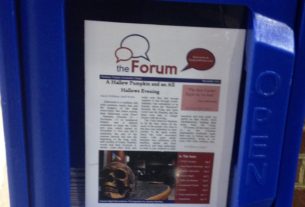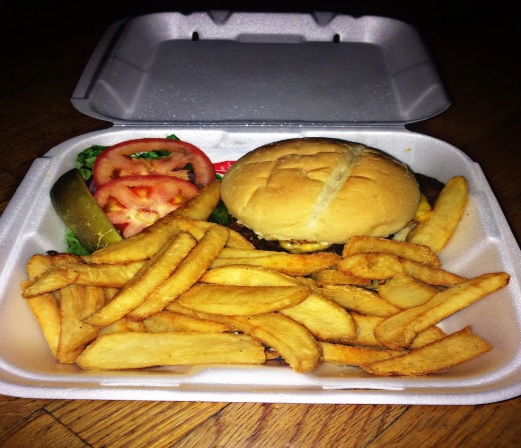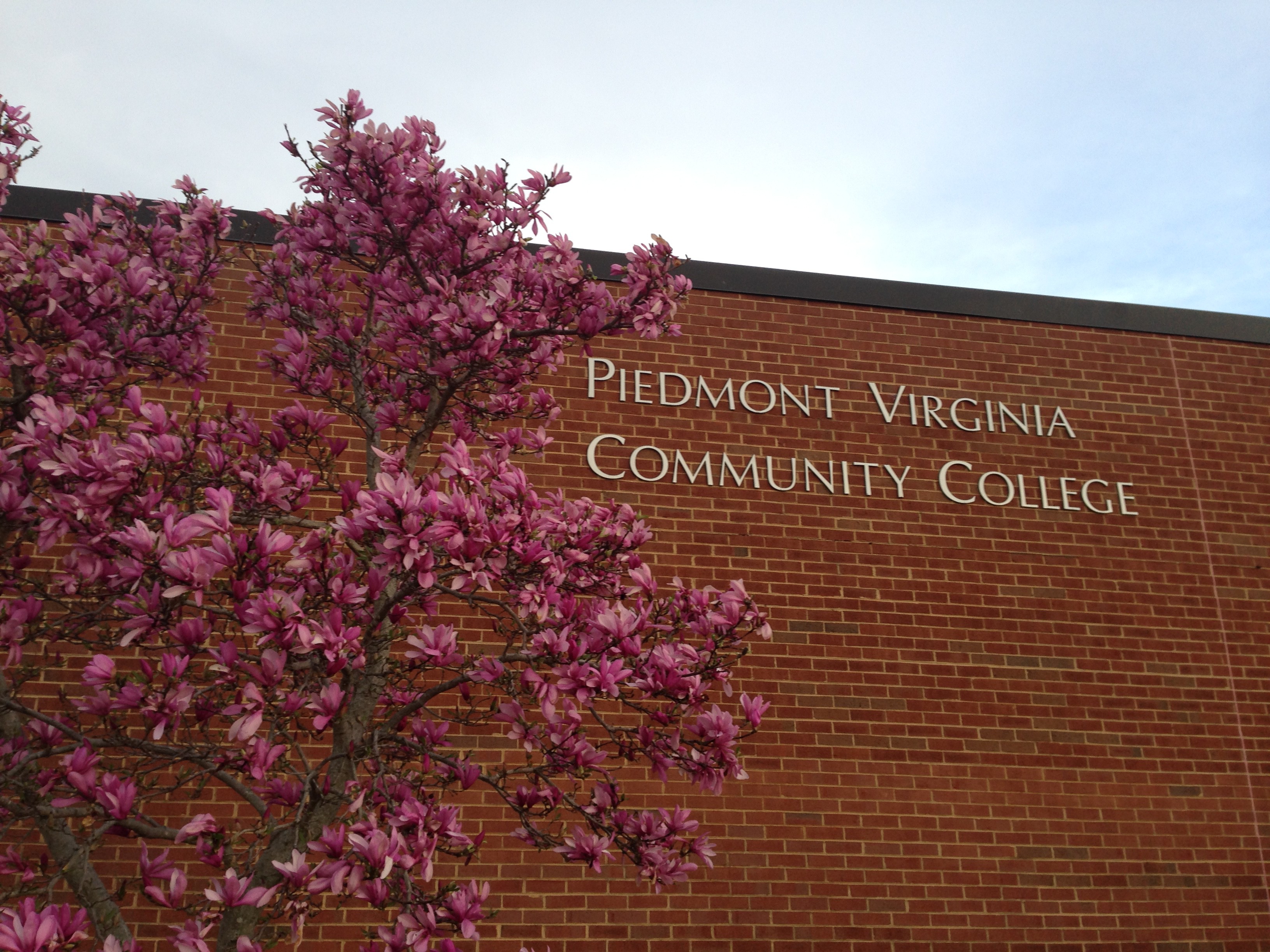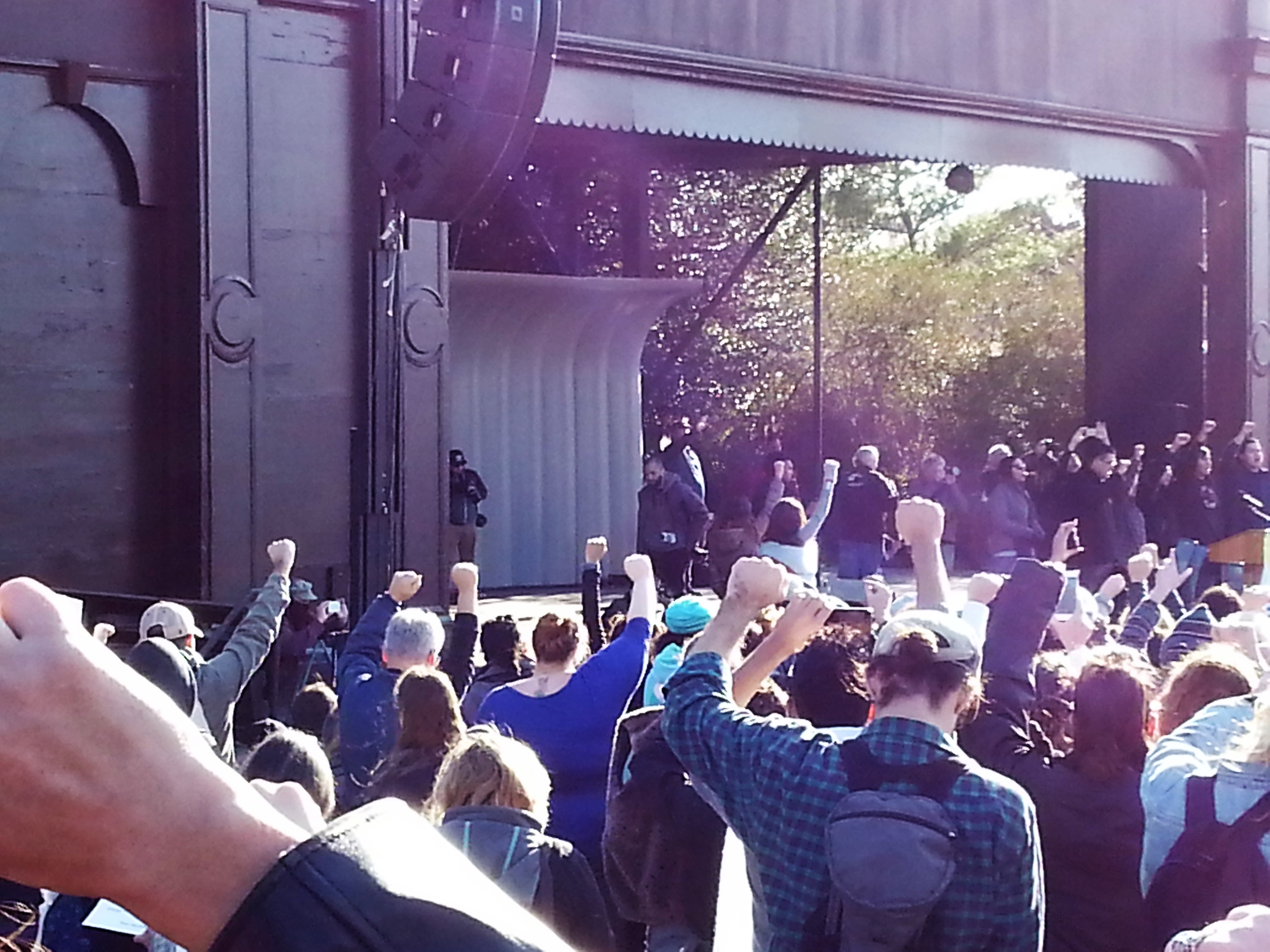
The Mirror’s Depth: Reflections of Social Justice in 2016
Joe Fowler, assistant editor
Editor’s note: Comments on external links might contain content objectionable to some.
The State of America
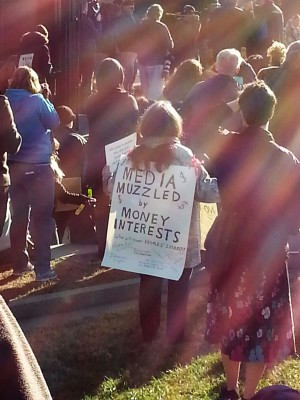
Contrary to the views held by many on Facebook, social justice warriors did not remain silent until a billionaire payed them to protest Donald Trump’s win in the general election. Arguably, some of these same protesters failed to vote or pay taxes. The Washington Post indirectly confirmed this fact by reporting that over 2000 middle and high school students in the DC area walked out of class on Nov. 15 in solidarity with peers nationwide to protest the President-elect.
While teenage students might have had valid reasons for neither voting nor securing employment, what about the adult protesters? Some theories pointed to their sinister under-the-table employment as paid protesters. Sources like the president-elect and the Morton County Sheriff’s office in North Dakota were fond of this logic. However, the claims of the these sources conflicted with points raised by the Washington Post, the New York Times and myriad activists who paid for transportation out-of-pocket to show up at rallies and marches nationwide.
PVCC student Nic McCarthy was one such individual. McCarthy helped organize a supply run to Standing Rock over Thanksgiving break. Like-minded friends donated funds and resources for the trip following guidelines from indigenous tribes on the ground at Standing Rock. No evidence of corporate-sponsored agitators emerged during the process of coordinating the trip. McCarthy and several other volunteers left for North Dakota two days before Thanksgiving. His arrest while recording the police crackdown of a prayer circle in a Bismarck shopping mall confirmed that he made the trip successfully and delivered the aforementioned supplies.
The remarkable aspect of all of this is that the preceding events occurred in just under three weeks after the election. The Standing Rock action began in April of this year and does not include separate movements by the LGBT community, Black Lives Matter, and Congress, all of which took place before Nov. 8.
Politicians love to take credit, but the growing civil rights movement and the rallying revolution in North Dakota belong to no politician, nor any affiliated political party. The forward momentum towards a different means of relating to others and the surrounding world is funded by the people, for the people.
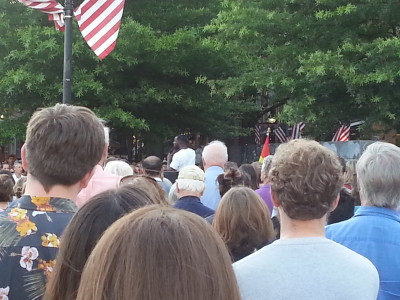
In a recent interview, Charley Burton, a local citizen discussed social justice problems and his role in society. Burton currently manages a janitorial company. “I hire a lot of poor people and try to train them for a trade. It’s tough work because I work with people who get paid very little money,” he said.
Burton also expressed the desire for stronger leadership in the black community and often referred to the first incarnation of the Black Panthers several decades ago. “Many don’t know the Panthers were a strong unit. They went into the neighborhoods with free lunch programs. They educated their own. It was not about fear. Hoover and Nixon made it about fear of them,” said Burton. “I wanted to be a Panther. I wanted to make a difference. That is what I want to do as a transgender black man.”
He went on to talk about Black Lives Matter, expressing a desire to see the movement resurface with even stronger leadership. “ Many people from Black Lives Matter did not get support from their own. Black media did not support them. Frankly, that killing in Texas hurt a lot. The media put fear in people about what they were all about,” he said.
Having studied the Black Panthers, the idea of a weaponized media was nothing out-of-the-ordinary to Burton, but rather the continuation of a cycle from the Vietnam era. Still, he remained hopeful both on a national level and a personal level as a social justice warrior. In addition to providing employment opportunities to impoverished employees, Burton said he is working to “facilitate a group in Charlottesville for trans people of color.”
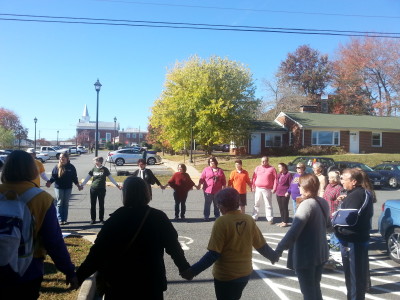
Dr. Colum Leckey, assistant professor of history at PVCC in Charlottesville, VA, also weighed in on recent protests surrounding both the election and Standing Rock, though he mainly focused on the election results. “Had any other Republican candidate won, there would not have been protests,” he said. Leckey viewed the protests as catharsis, a type of emotional reaction when “people woke up the next day and were like, you know, this is not my country.”
Leckey said that his wife has woken up terrified every night since the election. “This is not normal spinning by politicians,” he said about President-elect Trump. “How can anyone normalize this man? He violated norms of human needs and conduct during his campaign.”
This is where America stands going into December 2016.
How Did it Happen?
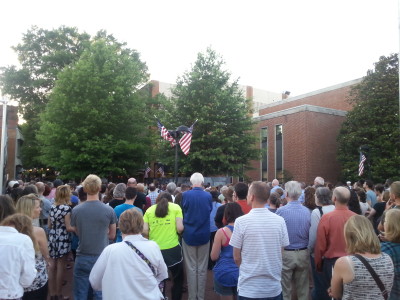
As early as February of this year, a KKK rally erupted into violence when a group of counter-protesters collided with the Klansmen, according to the Los Angeles Times. The year in activism never slowed down from there. The LGBTQ community took up the fight for new gun control legislation in June after Omar Mateen killed 49 people and injured 53 in an attack at Pulse, a gay nightclub in Orlando, FL. He used a semi-automatic rifle and pistol to commit what was considered an act of domestic terrorism and a hate crime.
Vigils took place across the nation. In downtown Charlottesville, a list of the deceased was read aloud before the topic turned to gun control and the rallying cry of “inaction cannot save you.”
Members of Congress followed suit later in the month with a filibuster and a lengthy sit-in. Parties from both sides of the gun control debate argued their points, but ultimately the constitutional right to bear arms took precedence over the inalienable rights of all.
Less than a month later, on two consecutive days, black men lay dead at the hands of law enforcement officers. Protests and riots again sprang up around the nation with a number of civil rights organizations including Black Lives Matter answering the call. The nation divided further with black communities revolting against centuries of enslavement, segregation and police harassment.
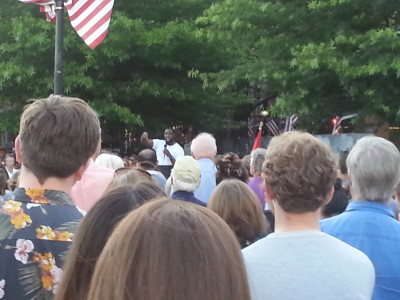
Concerns resurfaced about militarized police forces and rumors of an impending police state. Reports from peaceful protests often mentioned positive interactions with law enforcement officers and their role in protecting the first amendment rights of citizens. However, acts based on emotions often led to escalating tension that garnered harsh responses from law enforcement. This, in turn, raised questions about the fairness of police activities at protests.
Another massacre occurred in Dallas when a lone gunman opened fire on police officers after what had otherwise been a peaceful protest in response to the killings of Alton Sterling and Philando Castile. By the end of the night, five officers died and another nine were injured. This tragedy created more grieving families and severely damaged the brewing civil rights movement. Tragedy had somehow become the American way of life.
Media attention shifted to politics shortly after in anticipation of the GOP and DNC national conventions. Protesters from different factions collided outside of both conventions. Though briefly reported by the press, the controversy within both convention centers took the public’s eyes away from the people and toward the individuals who would ultimately represent them.
During the conventions another movement slowly gained momentum via social media. Stories emerged from North Dakota about Native American efforts to halt an oil pipeline on treaty lands near Standing Rock.
Stand with Standing Rock
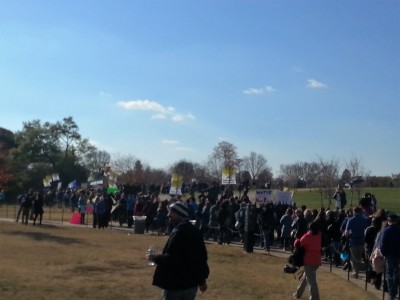
“People need to know about Standing Rock, what it means, what it symbolizes. It’s not just about indigenous people,” said Leckey. And indeed, at a rally in front of the Washington Monument on Nov. 27, frontline defenders from Standing Rock said, “We are all indigenous people. If you are here, you are already there.”
What began as peaceful civil disobedience by a few indigenous people within the Lakota Sioux tribe in North Dakota escalated to include several activist communities along with many senators, congressmen, and celebrities. Organizations that originally formed with the intent of opposing oppression in certain communities rallied behind Native American tribes to stand up to the what many considered America’s oldest injustice. The movement started with a refusal by the Lakota Sioux to allow the building of an oil pipeline near the Missouri River and ancient tribal lands. The nearby Morton County Sheriff’s office enlisted the help of law enforcement agencies from around the country along with pipeline security personnel. Pipeline supporters soon adopted a mantra of land rights, paid agitators and law and order with absolutely no conception of past treaty violations or the struggle of indigenous people since Europeans first stepped foot in America.
According to estimates from the frontlines at Standing Rock, well over 5,000 water protectors, as they had come to be known, camped in tepees and tents. As was widely reported by the press as a result of Kevin Gilbertt’s live-stream from the night of Nov. 20, Morton County deputies employed tear gas, concussion grenades, and pressure hoses in subfreezing temperatures to quell the movement.
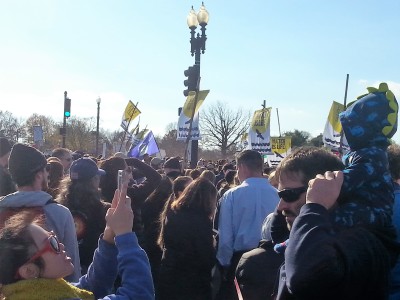
U.N. officials spoke out against the “inhuman” response to Native-American pipeline protesters earlier in November, according to the Washington Post. Additionally, Amnesty International sent a steady stream of letters to authorities regarding the abuses of power.
Updates continued several times a day. When mainstream and alternative media sources failed to report, Standing Rock activists supplied a live feeds from the camps. Many people who kept up with the event came to view these feeds as the most solid source of information.
Few predicted a peaceful revolution focused on unity and fronted by Native-Americans. Several rallies and fundraisers took place in Charlottesville while larger rallies frequently occurred in nearby Washington D.C.
Whose Streets?
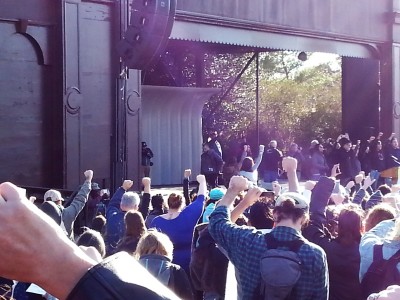
The next major rally takes place on Dec. 10, at the United States Capitol. Most event pages for these rallies contain comments about permits and cooperation with law enforcement local to the event location. Direct action or civil disobedience is not officially announced by event organizers, though these more spontaneous side protests are normally conducted peacefully. Many activist organizations are aiding the indigenous tribes. More organizations plan to ramp up activity leading up to Jan. 20, with the Women’s March on Washington occurring on the following day.
There is much to know about protests and activism. While many can argue that these actions change nothing, there are a few notable examples including the Boston Tea Party, the Suffragettes, the civil rights movement of the 1950s and 1960s, and the LGBTQ movement of more recent years. Activism in its purest form is physics. The people have chosen to be the equal and opposite reaction.





